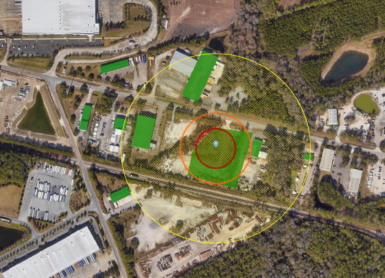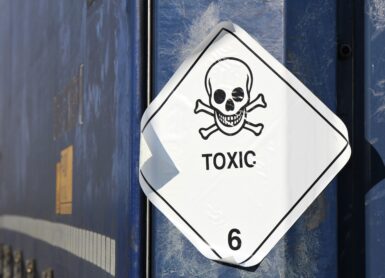
The rapidly increasing interest in hydrogen has triggered many safety-related questions.
Apart from non-trivial questions about failure frequencies and ignition probabilities, the consequence modelling of potential releases also contains significant uncertainties.
One of these uncertainties is that the resulting “jet fire” (continuous event) and “fireball” (instantaneous event) phenomena from hydrogen releases (even when assuming the straightforward scenario of direct ignition of the hydrogen release) are still being modelled using traditional and potentially misleading methods.
While the hydrogen jet fire is known to have a very small impact zone around the flame itself, the commonly applied “Chamberlain” approach would result in a flame SEP (Surface Emissive Power), which is highly unrealistic for hydrogen.
Furthermore, for the instantaneous release of compressed hydrogen, the fireball phenomenon is often modelled using typical BLEVE models. These relations relate a radiative fraction to a vapour pressure, which is irrelevant for non-PLG (Pressurized Liquefied Gasses) cases.
These two modelling approaches result in a very high flame emissive power.
At the same time, the BLEVE fireball growing and rising behaviour are also based upon experiments with liquefied gas flashing, which is a different phenomenon than the compressed gas expansion situation. Other methods (relating fireball diameter to expansion to UFL (Upper flammability Limit) level) are non-conservative for hydrogen due to its very high UFL.
During the 17th EFCE International Symposium on Loss Prevention and Safety Promotion in Process Industries, Gexcon’s Senior Research Scientist Hans Boot will present a paper entitled “Why a Hydrogen fireball should not be modelled as a BLEVE event“.
In his presentation, Hans will discuss how Gexcon started applying a dedicated gas fireball model for hydrogen in our consequence modelling tool EFFECTS, which differs from the commonly used BLEVE fireball approaches due to the current modelling’s considerable uncertainty and unrealistic approaches.
While experimental data about compressed hydrogen fireballs are still scarce, the gas fireball model is based upon relations from available literature, focussing on non-PLG fireball data and available experiments providing hydrogen flame radiation fluxes.
The selected relations for fireball diameter and lift-off are similar to those for the BLEVE fireball, but the rising and growing velocity is different because it does not include flashing liquid behaviour.
The information lacking in literature was a reliable relation to relate the SEP of the fireball to the chemical properties of the substance. This radiative behaviour is highly influenced by flame temperature, gas composition and potential soot formation.
Because the usage of a “soot fraction” would be unrealistic for substances like hydrogen, Gexcon decided to apply experimentally derived values for the fireball radiative flux.
Apart from the heat radiation effect, the overpressure phenomenon (blast) is also being derived using relations that differ from expanding vapour explosions.
Presentation detail
Title: Why a Hydrogen fireball should not be modelled as a BLEVE event
Author(s): Hans Boot and Sonia Ruiz Pérez
Session: Risk Assessment
Presenter: Hans Boot
Date & Time: Tuesday, 7 June 2022 – 12:30 – 12:50 PM CEST
Location: Vienna House Diplomat, Hall Cracow I+II
Do you like what you read?
Get the latest trends in the field of process safety management straight to your inbox, and enhance your skills through knowledge sharing from industry experts.


